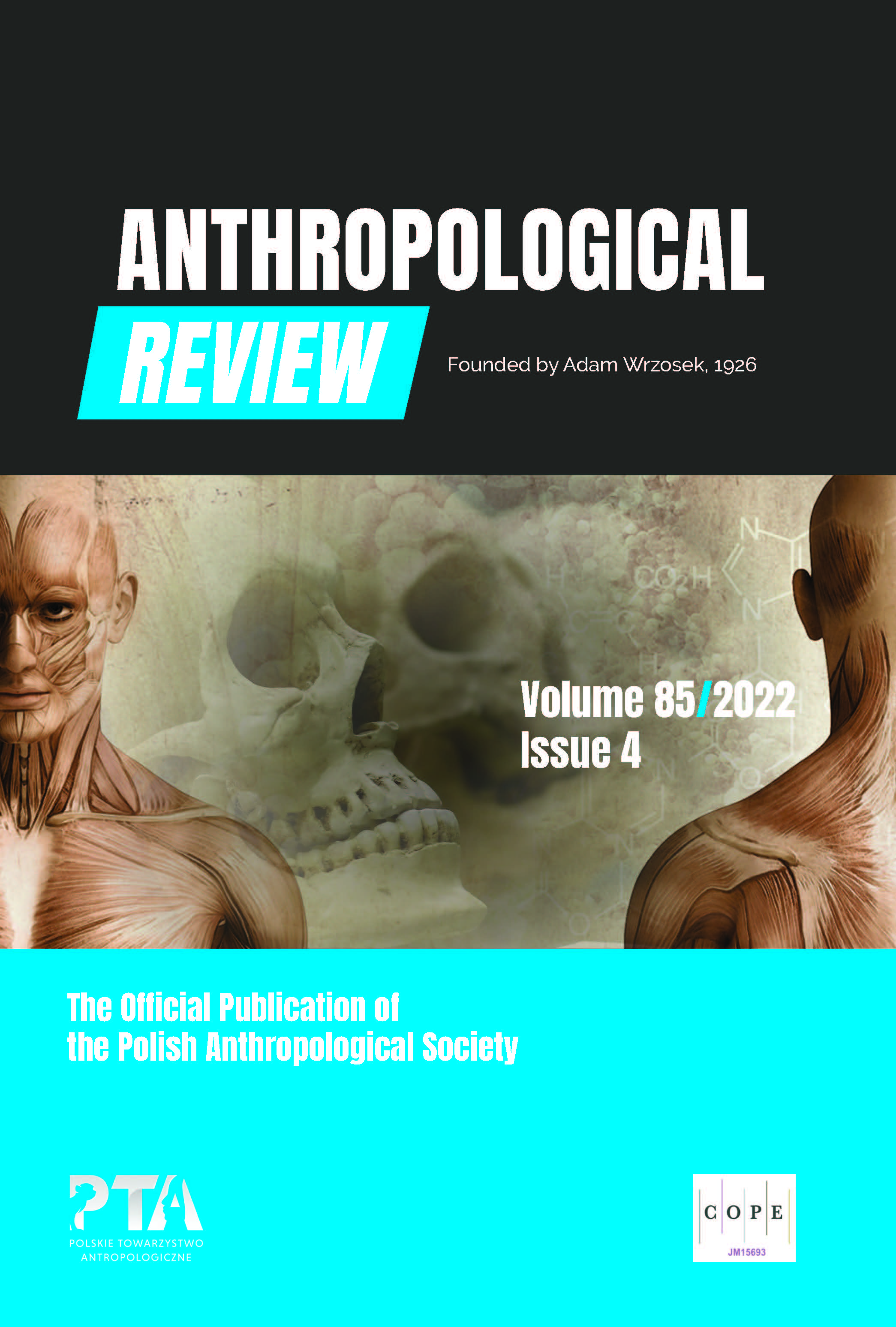Prevalence of wormian bones worldwide: a critical review
Prevalence of wormian bones worldwide: a critical review
Author(s): Agata Bisiecka, Rafael Romero-ReverónSubject(s): Anthropology, Social Sciences, Archaeology
Published by: Wydawnictwo Uniwersytetu Łódzkiego
Keywords: cranium; skull; suture; sutural bone; Wormian bone
Summary/Abstract: Wormian bones (WB) are the irregular bone structures developed from additional centers of ossification. Although they are commonly found in healthy individuals, under certain conditions (number >10, mosaic pattern, large size), they can indicate pathology. While their coexistence with numerous diseases is well-documented, and various studies have reported their prevalence in populations of various geographic regions, no qualitative critical review of such studies has been conducted. The aim of this paper is to perform a critical review of research studies on the presence of Wormian bones in populations worldwide, with a particular emphasis on the methodology used and the selection of the samples studied.A sample of 44 original research articles was selected via PubMed and Google Scholar databases. Four criteria were assessed: 1) number of individuals in each group, 2) known sex of individuals, 3) selection criteria of individuals, and 4) implementation of the statistical analysis. The origin of the research sample was determined as well as the method of the WB calculation, and data on the WB prevalence worldwide was collected in tabular form.The reported size of the research samples varies from 22 to 628 individuals, derived from both contemporary and archaeological populations. Four major formulas were used in order to provide the frequency of WB. The sex of individuals was known in 18 (40.9%) articles. Most of the articles focused on Asian samples.The difficulties in comparing data on the Wormian bones are caused by considerable inconsistency in the methodology used to research this phenomenon. Therefore, the interpopulation comparisons currently made may not be correctly estimated. Our study highlights the need for using more comprehensive and consistent data collection as well as processing protocol suitable for populational research on sutural bones.
Journal: Anthropological Review
- Issue Year: 85/2022
- Issue No: 4
- Page Range: 95-121
- Page Count: 28
- Language: English

